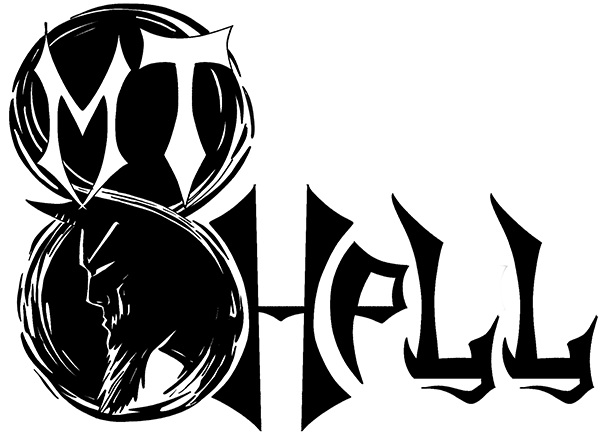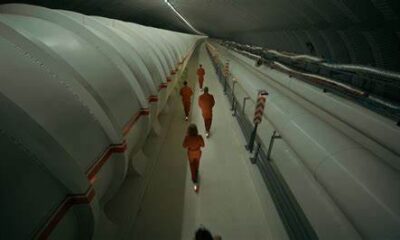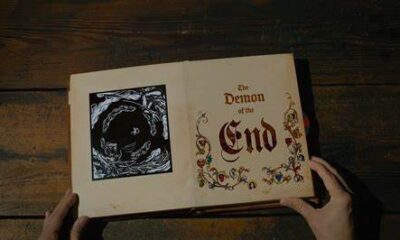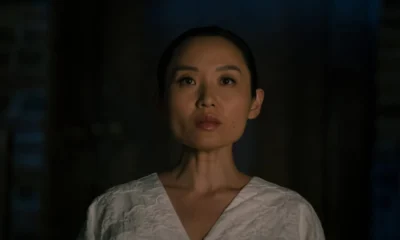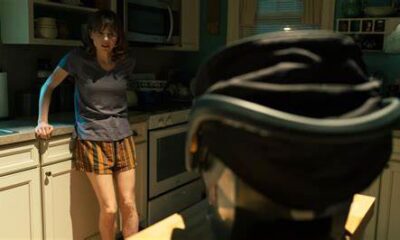
Review: Zombies Ate My Neighbors and Ghoul Patrol (Switch)
One of my favorite games from my childhood was the Lucasarts and Konami monster game Zombies Ate My Neighbors and I was eager to review the new release. I was also anticipating getting in some time with the sequel, Ghoul Patrol, which I only had a minimal amount of playtime with when it was first released. I even wrote a brief tip article about the game as part of my hype to return to a classic.
What a difference getting my hands on the actual product makes, however. While still delivering some of the nostalgic thrills, some questionable decisions also reduce the overall enjoyment of the collection.

The Games
The package consists of emulated versions of Zombies Ate My Neighbors (1993) and pseudo-sequel Ghoul Patrol (1994). Both games are classified as run-and-guns, where gameplay revolves around resource management of two types: victims and ammo. Both games require players to make their way through levels by rescuing several victims based on the remaining total. That means that as you lose victims the pool of rescues become smaller, and if monsters claim all victims, the game is over. The second resource across both games is ammunition, as you need to keep up your supply of monster-slaying tools across increasingly dangerous combinations of horror tropes.
And what tropes there are. Consider the series the greatest hits of B-horror monster goodness that delivers everything from vampires to mummies to giant ants and pod people. Ghoul Patrol mixes up the monsters by going on a sort of world tour, showcasing terrors from around the world across several stages.
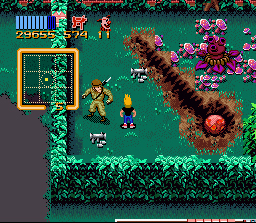
While both games share similar player characters and gameplay, they vary in style, specifically in graphics and mood, mainly because Ghoul Patrol was initially developed as a separate project in the same engine but later adopted as a follow-up to Zombies. Ultimately, however, most players will find Zombies to be the stronger of the pair, from graphics to gameplay to music as Ghoul Patrol is a bit too serious of a departure – and a shorter one at that.
Despite this, there is a ton of value to be had in this collection, and around $15 is worth the buy – be aware of some issues, especially if you are a long-time fan.
What Works
Overall, both games in the package are enjoyable and provide a rare bit of challenge. For gamers who want to push themselves, ZAMN can be particularly punishing, but that is part of the fun. Later levels, in particular, consist of intense monster mashups such as chainsaw-wielding slashers and ax-throwing killer dolls. Each monster has its weakness, and the gameplay can become frantic when trying to dodge monsters and cycle through to the right weapon to take them out. When you get into the game’s flow, it can be quite fun, but for some gamers, it may be a bit much.
The graphics of the game and the larger presentation are generally great across both titles. Zombies and Ghoul Patrol are generally cartoony and appealing, but Zombies is brighter and more pleasing to look at as Ghoul Patrol can be a little gloomy. Between the two games, the more iconic soundtrack, one of the best of the 16-bit era, is still Zombies Ate My Neighbors, though Ghoul Patrol is certainly no slouch, either.

But when it comes to video games, the most crucial part is the gameplay, and both games are admirable in that regard, but again, the original game of the pair, Zombies, wins the day. There is a certain chaos in that one that you do not get in Ghoul Patrol. The random spawns and patterns of the monsters of the first game prove more challenging to the more scripted and obvious movement patterns of Ghoul Patrol‘s monsters, and the variety in ZAMN can result in some rather devilish combinations of hazards. ZAMN is also the easier game to exploit, and that is to its benefit, surprisingly. It may feel easy to be overwhelmed until you take the game engine’s limitations into account and start controlling the spawns of monsters yourself.
What Doesn’t Work
While Zombies Ate My Neighbors and Ghoul Patrol are both challenging, they can be a little much at times. Part of the appeal of the game for many players is the difficulty. Still, for more casual audiences, the steep rise of the difficulty curve can be frustrating, especially as the game’s resource management style becomes strenuous given the presence of fewer items after the first twenty or so levels of ZAMN. A rebalanced version of the game to adjust the difficulty would be a welcome enhancement – though not exactly necessary.
The greatest challenge, especially for long-time fans of the games, is the sudden reversal of the button controls. It is especially problematic for ZAMN, where gamers’ muscle memory acts faster due to having played the game so much. In my time replaying both games, I found myself annoyed at the arbitrary change in the button layout and found myself burning through items unnecessarily. Even worse, there is no option to change the controls or adjust the button bindings. That is a fundamental feature in most games that is entirely absent in this release. It can be even worse with Ghoul Patrol and the extra functions included in that game.
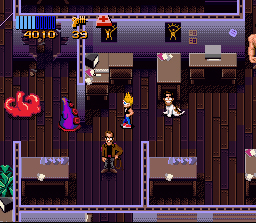
Perhaps one of the oddest misfires is the packaging and presentation of the release. While there is certainly a level of care applied that suggests this is a respectful tribute to a cult classic series, there are a lot of curious and downright puzzling choices. Perhaps the most emblematic is that the art gallery features scans of the box art to the games… but marred by pen marks. It’s strange that they couldn’t find a nice, untouched copy of the box. I have a sealed Zombies Ate My Neighbors box – how does the developer let something as silly as this happen?
The most damaging part of the release is that to create a presentation over the releases, they employ a very strange partial emulation – you can’t access the game’s original title screens and menus. Instead, you must use the new release’s packaging. The opening to the original ZAMN is incredibly iconic, and its absence is felt.
The Bottom Line About Zombies Ate My Neighbors and Ghoul Patrol (Switch)
While the release makes some questionable and downright frustrating changes, it still evokes the series’s fun. While Ghoul Patrol isn’t as iconic as Zombies Ate My Neighbors, having both games in one package for $15 and on the go is worth overlooking some of these tweaks.
Overall, the core, fun games are still there despite some odd packaging choices and annoying deviations from what fans might have wanted and expected from the re-release. With any luck, some post-launch patches can fix some of these issues and really let this release live up to the obsession surrounding it for the fandom.
 (3.5 / 5)
(3.5 / 5)
Enjoy our game reviews? Let us know in the comments!
Gaming
Lovecraft Meets Junji Ito in WORLD OF HORROR
WORLD OF HORROR is a cosmic horror roguelite game developed by Paweł Koźmiński and published by Ysbryd Games.
WORLD OF HORROR is a cosmic horror roguelite game developed by Paweł Koźmiński and published by Ysbryd Games. The game is available on macOS, Windows, Nintendo Switch, PlayStation 4, and PlayStation 5. This review will cover the Steam (Windows) version of the game.
You must explore the strange goings on around Shiokawa, Japan. It appears that eldritch forces have influenced the town in incomprehensible ways. So, attempt to comprehend these forces and maintain your sanity to save the town. Plan your investigations, choose between cases, and fight for your life.
There are a few game modes but three difficulty spikes. The easiest is a specific case with some random events. This mode teaches you the basic mechanics of the game. The harder difficulties give you access to an apartment and choices on which case you investigate. Completing objectives earns you customization options for the customized mode.

What I Like About WORLD OF HORROR
Running on GameMaker Studios, the pixelated aesthetic shows influences from Lovecraft and Junji Ito, though the latter more so than the former. WORLD OF HORROR haunts its viewers with its aesthetic, allowing the pixels to evoke those horror legends.
Random generation remains a key feature of the game, with various options and choices giving a massive variety. Your character also has some limited customization to access perks and further development. I will bring up some weaknesses later, but it is surprisingly vast. Adding to this variety, WORLD OF HORROR provides mod accessibility.
The combat allows for a great deal of thought and planning. You select your character’s actions within an action bar and perform the tasks (or combos) to beat an opponent. This JRPG style provides variety in action that makes it engaging and unique.
The random generation and variety make each playthrough different. You might acquire a devastating katana in one playthrough only to bleed out unceremoniously in another.
While not a terrifying gaming experience, WORLD OF HORROR strives to provide an eerie and intense experience. At this, the game is a success. The weird and unnerving collide to invest the player in this strange world.
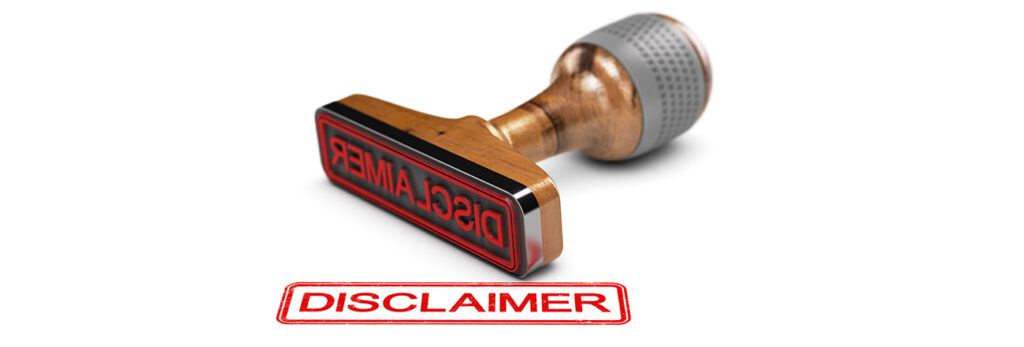
Tired Tropes and Triggers
Body horror deserves a mention, but the aesthetic and pixels doesn’t particularly evoke realism. Regardless, many designs evoke body horror.
Aside from this, here are some points of consideration. First, WORLD OF HORROR uses JRPG turn-based combat, which seems a point of division among some gamers. However, there are enough interesting mechanics and complexities beyond clicking an action and waiting your turn.
Second, WORLD OF HORROR isn’t a cult detective. You’re experiencing events and choosing how your character responds. Some sage wisdom I heard for WORLD OF HORROR is to focus on the whole campaign instead of a single case. Failing a case isn’t a game over, so prioritize your character’s longevity.
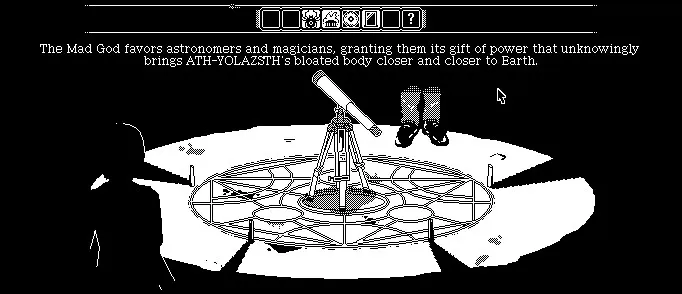
What I Dislike About WORLD OF HORROR
Only a few issues hindered my experience. Some scenarios replay on a single case, let alone a playthrough, which becomes repetitive. Some scenarios have multiple solutions to add variety or require perks to access new options, but that’s not always true. This issue makes the randomization taxing at times.
This next issue is likely a bug or an oversight. After losing my reason (sanity), I found myself still able to investigate despite the game claiming that means death. An unrelated event finished me off, but I can’t help but assume this is a bug.
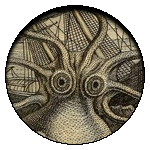
Final Thoughts
WORLD OF HORROR has its quirks but earns massive replay value and surprising depth. It’s a unique and ambitious indie title worth the price. If Junji Ito’s style or cosmic horror is your particular brand of horror, WORLD OF HORROR delivers an experience you’ll likely enjoy. Though this combination synergizes well, few games combine these elements successfully.
Gaming
🎮 Eldritch Automata: Exclusive GenCon 2024 Reveal with Nick Francia!
Step into the mind-bending world of Eldritch Automata as we sit down with Game Designer Nick Francia at GenCon 2024!
Uncover the secrets behind this Lovecraftian mecha-masterpiece and get a glimpse of what’s to come.
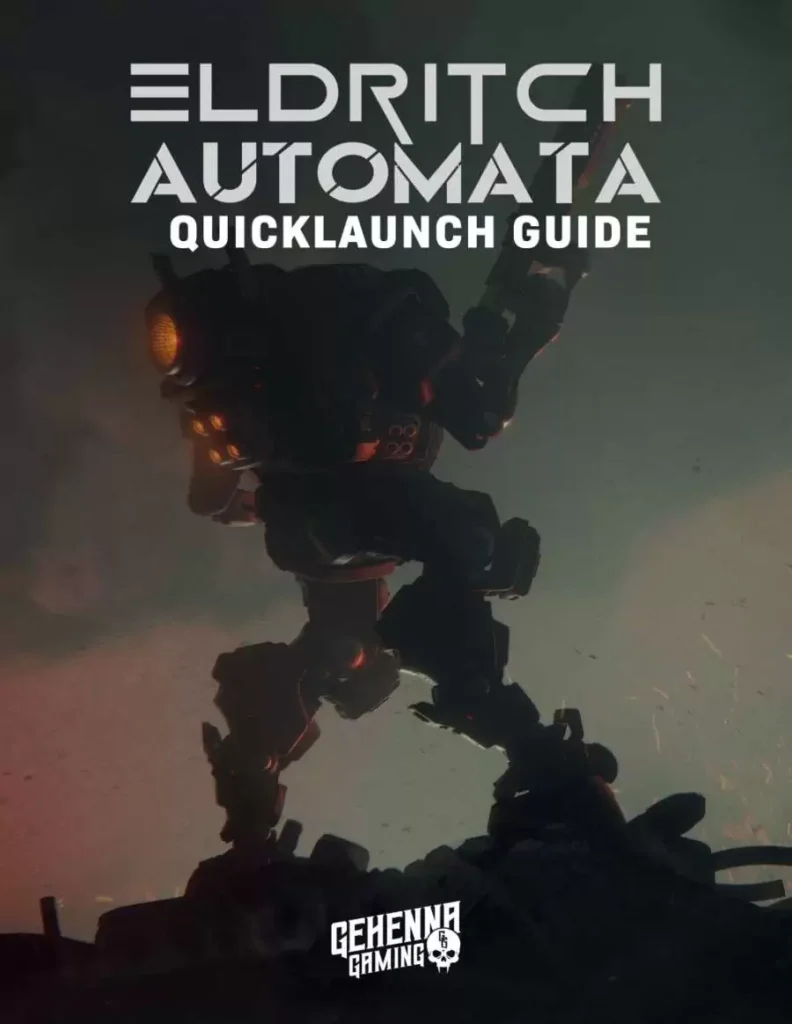
In this exclusive interview, Nick Francia shares:
• The intricate game development process • Inspirations behind the eerie Lovecraftian elements
• Unique mecha-infused gameplay mechanics Calling all Lovecraft fans! Dive into a world where eldritch horrors meet steam-powered marvels.
Eldritch Automata promises an unforgettable gaming experience that will keep you on the edge of your seat.
👉 Ready to embrace the madness? Check out our playable demo at a con near you! #EldritchAutomata #GenCon2024 #LovecraftianGaming #IndieGameDev
Gaming
🎬🎃 House of 1000 Corpses and Halloween II–GAMES!! 🎃🎬 Trick or Treat Studios
Prepare for a spine-chilling experience as Jim Phoenix delves into the shadows with Trick or Treat Studios at GenCon 2024!
In this exclusive interview, we uncover the terrifying secrets behind their latest bone-chilling creations: “House of 1000 Corpses” and “Halloween II” board games.

These games aren’t just about rolling dice – they’re about immersing yourself in the blood-curdling atmosphere of beloved horror films. With unique survival (and kill!) horror mechanics and cooperative gameplay, you’ll feel the terror coursing through your veins with every move!
But wait, there’s more! With the Kickstarter to House of 1000 Corpses shipping soon, we have an in-depth review coming up for that game, Halloween II–AND…Chucky. BOOMMM!!!

